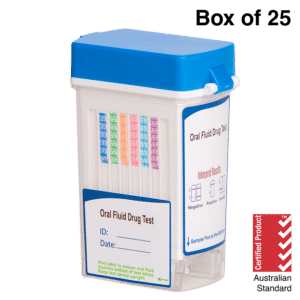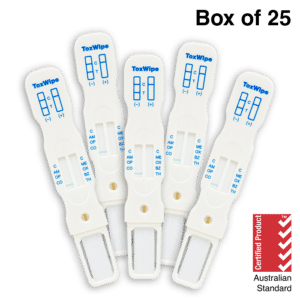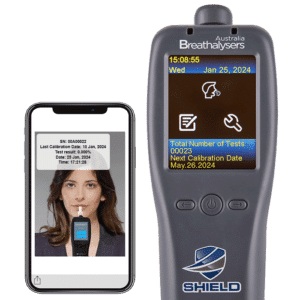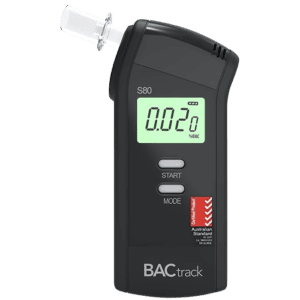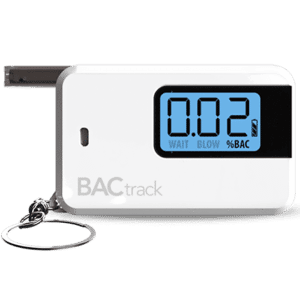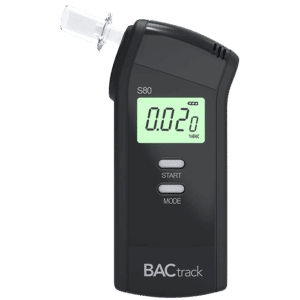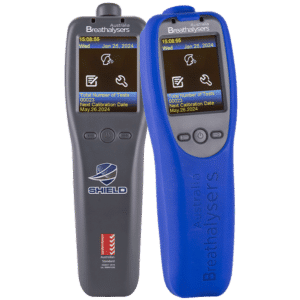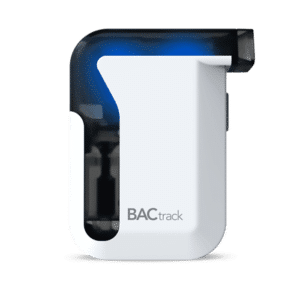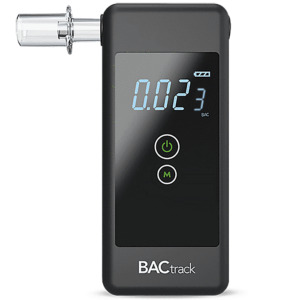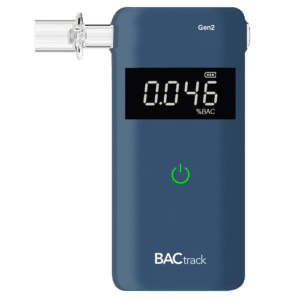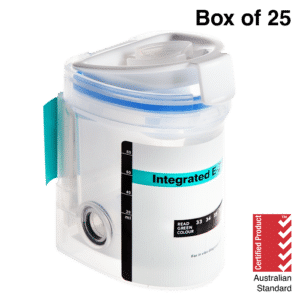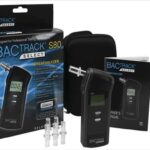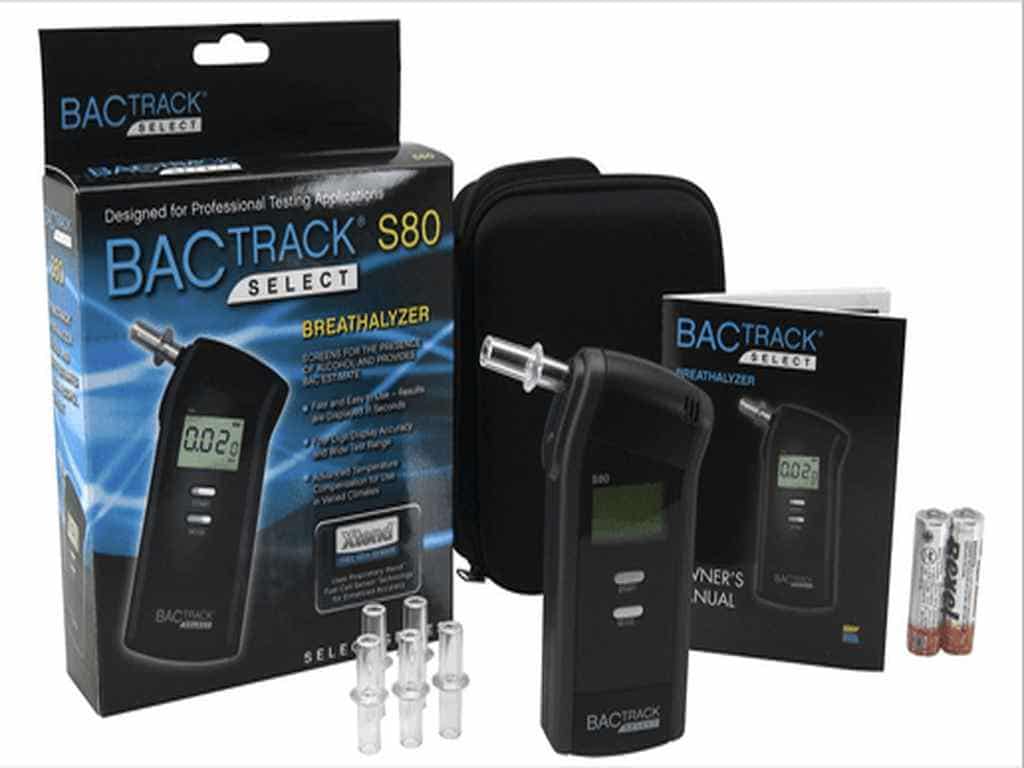
Sobriety in the workplace is essential for maintaining the utmost safety and productivity. Alcohol misuse and intoxication at work can often disrupt regular operations and pose safety risks. Fortunately, alcohol-related incidents are preventable through a well-grounded framework of securing the workplace. In line with this, many employers implement alcohol testing to minimise the detrimental effects of substance impairment. Nowadays, it is common for workplaces to conduct breath tests to ensure alcohol does not hamper performance. Employers use a workplace breathalyzer to detect alcohol use and determine the Blood Alcohol Concentration (BAC). Breath testing is the most common method for alcohol monitoring in the workplace because it is quick, non-invasive, and cost-effective.
Not all companies are required to conduct an alcohol test for work. However, all companies are legally obligated to provide workers with a healthy and safe working environment. It includes managing structures and other workplace factors that may put workers at risk. Therefore, many employers establish an alcohol policy to manage alcohol use and impairment at work. One of the practical strategies for employees’ sobriety is using a workplace breathalyzer. It is a device that measures the BAC or intoxication level through breath samples. Professional alcohol testing devices are available at Breathalysers Australia to help industries manage alcohol issues. Find out more about the uses, benefits, and features of workplace breathalyzers like the BACtrack below.
Reasons for Using a Workplace Breathalyzer
A significant portion of adults consumes alcohol at least once a week. Alcohol, when taken moderately, creates elevated mood and lowered inhibitions. However, a high alcohol concentration in the blood can lead to severe impairments in the senses, motor skills, and reasoning. Particularly, it blurs vision, slurs speech, slows reaction time, and causes poor balance and coordination. As a result, it affects a person’s concentration and ability to handle heavy equipment. Thus, alcohol testing through a workplace breathalyzer is essential to minimise the negative impacts of alcohol use or impairment. Moreover, a breathalyzer is beneficial in many ways:
- Securing workplace and employee safety
- Minimising damage, casualties, or injuries
- Improving productivity and output
- Reducing overall costs and legal liabilities
- Improved employee morale
- Stable workforce
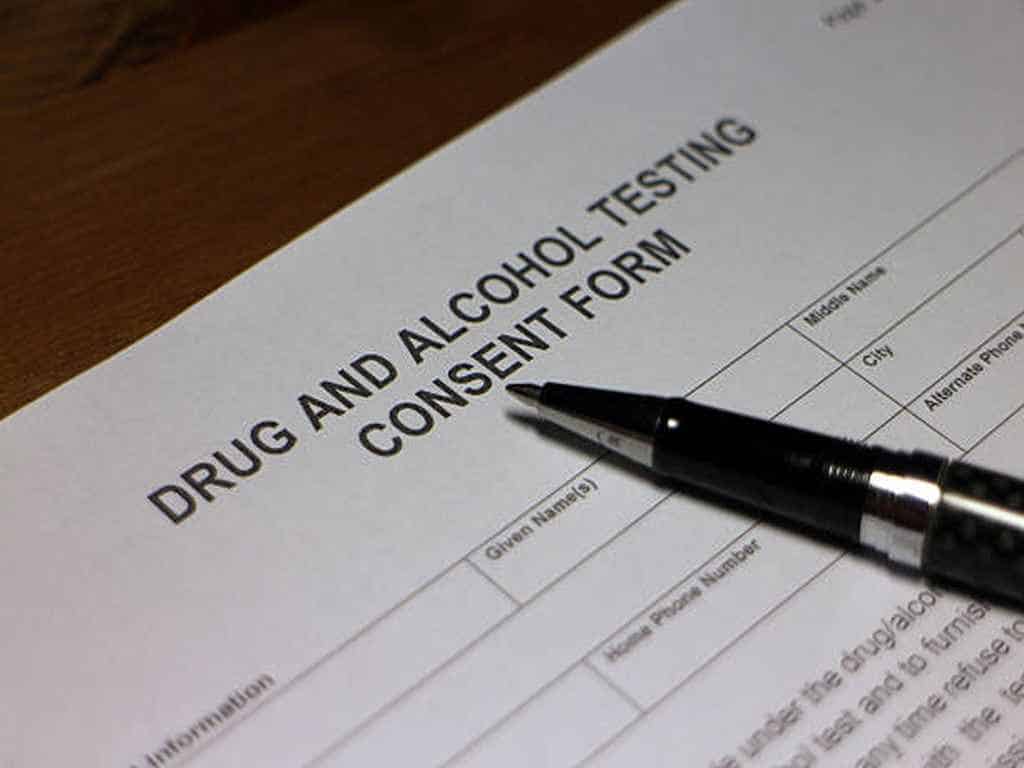
Implementing Alcohol Testing Through a Workplace Policy
Alcohol testing is a proactive measure to protect businesses and employees by reducing preventable hazards. It is crucial for high-risk workplaces like mining, transportation, healthcare, and construction because of the sensitive nature of the jobs. Additionally, companies that want to administer alcohol testing can start by establishing a comprehensive workplace policy. It is a safety and prevention program outlining the regulations and procedures regarding substance use through a written document. However, introducing an alcohol policy can be challenging. It needs to consider the welfare of employers and employees. For example, it should cover the guidelines of what is acceptable and not regarding alcohol use. Also, it should be in line with state or federal laws. Most workplaces with an alcohol policy impose a zero-alcohol tolerance. Hence, employers use a workplace breathalyzer to check if workers have alcohol content in their system.
A workplace alcohol policy includes procedures for detecting alcohol use. Companies have several testing options, such as using urine, oral fluid, blood, or breath samples. However, a breath test using a workplace breathalyzer is the most cost-efficient method. A workplace breathalyzer can accurately measure the employees’ BAC levels through an exhaled breath. Moreover, the policy also states when to use a breathalyzer or other alcohol testing methods to check if an employee is fit to work. Breathalysers Australia has pro-grade alcohol testers designed for various workplace testing situations.

Using Workplace Breathalyzers for Workplace Safety
A workplace breathalyzer is an excellent screening tool for detecting alcohol or current impairment. The proper use of a breathalyzer can effectively keep the working environment hazard-free. Companies often conduct an alcohol test for the following instances:
- Pre-employment – is a standard hiring requirement, especially for positions with a safety-critical nature. Alcohol tests help determine if a prospective employee has risky alcohol behaviour that may endanger themselves or others. Therefore, passing an alcohol test may be imperative to get the final job offer.
- Random – the signs of alcohol impairment may not always be obvious. Random tests help identify employees with alcohol content before an untoward incident occurs. Likewise, it deters employee alcohol use, knowing they can be tested at any time. Random tests are conducted without prior announcement.
- Post-incident – determine if alcohol is a factor leading to an accident or near-miss. Post-incident testing is not only limited to the injured person but all employees who may contribute to the incident.
- Reasonable suspicion – having a reasonable belief that an employee is under the influence of alcohol or prohibited substances that may cause harm at work. However, management must meet a policy’s criteria for conducting for-cause testing, such as observation, documentation, and confrontation.
- Follow-up/post-treatment – employees returning from treatment, on leave of absence, or with previous positive test results must show fitness for duty by completing a new alcohol test.
Workplace Alcohol Testing
Companies employ several alcohol testing methods based on their particular needs. However, breath testing is the standard method for alcohol screening in many workplaces. It is a quick and reliable method for monitoring employees’ alcohol levels. Companies use a workplace breathalyzer to measure the BAC levels through the breath. Employees blow through the device’s mouthpiece and wait for their BAC results. If alcohol is detected, the breathalyzer shows the BAC value. The BAC is the percentage of alcohol in the blood. For instance, workplaces with a zero-alcohol policy may impose disciplinary actions on employees with a positive BAC. Moreover, a workplace breathalyzer like the BACtrack is handy for on-site testing. As a result, it can immediately determine if an employee is impaired without waiting a long time to get the results. It also enables frequent alcohol testing as necessary.
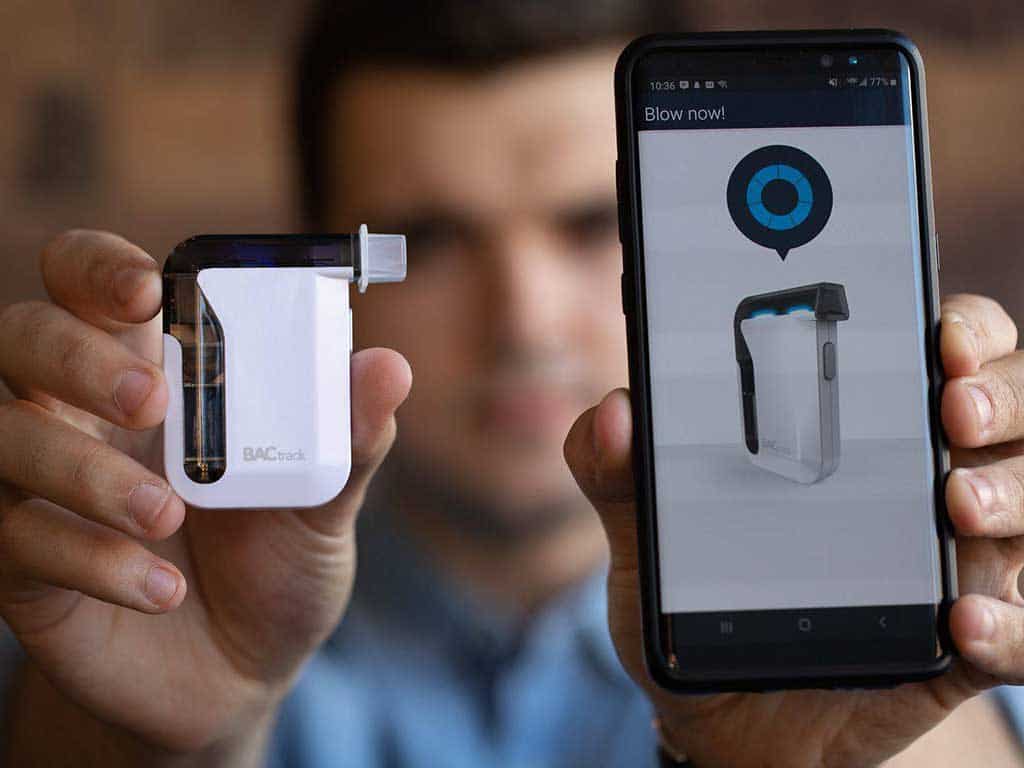
How Do Breathalyzers Work?
Breathalyzers are sensitive devices that react when they contact alcohol. However, how does a breathalyzer measure the BAC? After ingesting alcohol, it passes from the stomach to the small intestines and the bloodstream. The blood distributes alcohol to vital organs, including the lungs. Hence, alcohol vaporising in the deep lung may leave the body through exhalation. By providing a breath sample, a breathalyzer can analyse the alcohol concentration. Workplace breathalyzers utilise fuel cell sensors to give highly precise BAC readings. Fuel cell breathalyzers undergo an electrochemical process to oxidise alcohol in the breath. The oxidisation produces small electrical currents relative to the amount of alcohol and converts them to BAC values. For example, a 0.05% BAC equals 0.05g of alcohol for every 100ml of blood. The higher the BAC, the greater the intoxication.
Furthermore, the period alcohol stays in the body depends on the intake amount. Despite rapid absorption, the body can process alcohol at approximately one standard drink per hour. Therefore, a workplace breathalyzer can detect alcohol within 15 minutes up to 24 hours from the last consumption. Moreover, several factors can influence the increase of the BAC. Two people drinking the same alcohol type and amount can have different BAC levels. Hence, employees must know how alcohol affects them to help them stay sober for work. These factors are:
- Age
- Gender
- Body composition (body type, body fat content, weight)
- The alcohol concentration in drink
- Amount
- Food intake
- Medicines
- Metabolism rate
- Alcohol tolerance
The Reliability of Workplace Breathalyzers
A workplace breathalyzer is an effective diagnostic tool to check an individual’s alcohol impairment level. Using reliable devices for alcohol monitoring is important to make effective safety decisions. A fuel cell breathalyzer is the industry’s standard for accurate and reliable alcohol breath tests. Firstly, fuel cell sensors are highly specific and sensitive to ethanol and do not react to other substances. Acetone or other alcohol compounds will not interfere with the BAC results of fuel cell breathalyzers. Thus, it is less likely to produce false positives, especially for people with diabetes or on a low-calorie or carbohydrate diet. Additionally, fuel cell breathalyzers remain consistent despite back-to-back testing. They hold their accuracy longer than standard semiconductor breathalyzers before needing recalibration. It is also the same technology used by police officers in roadside breath tests.
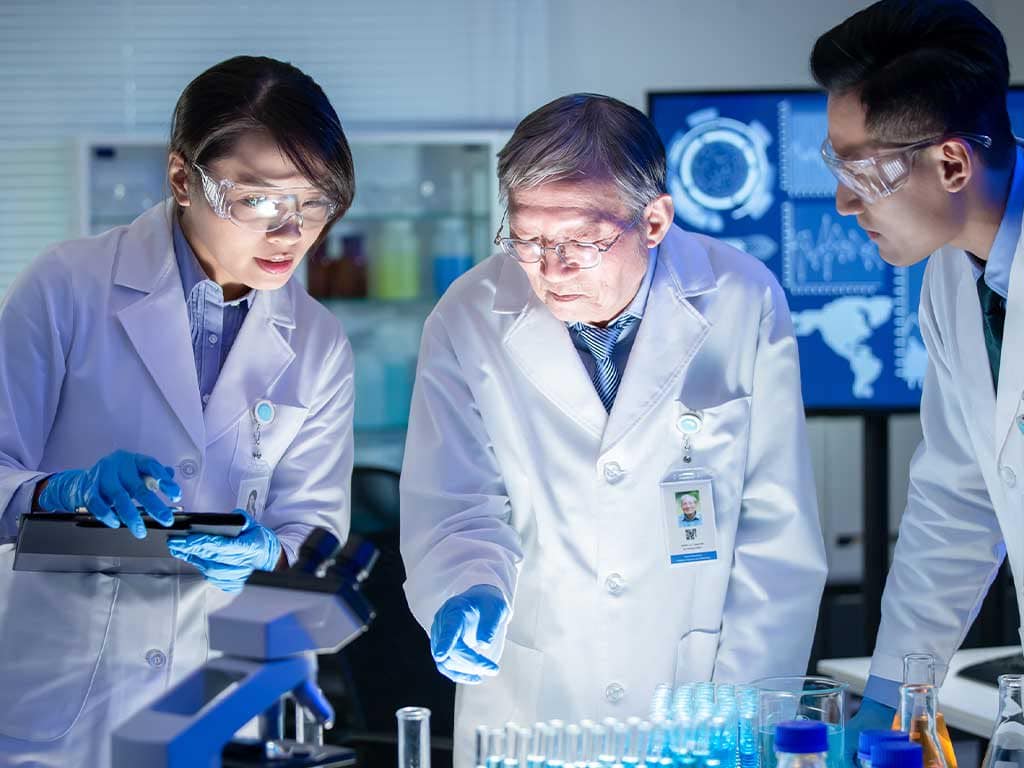
Considerations for Selecting a Workplace Breathalyzer
Workplace breathalyzers come with various features. Companies may get a professional breath testing device that matches their testing requirements. Therefore, employers look at many aspects in selecting a breathalyzer. If you are seeking a suitable device for your workplace, the following are important considerations:
- Sensor accuracy – fuel cell breathalyzers have an accuracy range of +/- 0.005% BAC.
- Testing modes – breath testing devices may come with passive and active modes. Passive testing only checks for alcohol presence, while active testing measures the BAC. Hence, choosing a breathalyzer will depend on the company’s alcohol policy.
- Compliance – workplace breathalyzers with certification like the Australian Standards (AS 3547) ensure they can provide high-level quality in alcohol breath testing. Not all breathalyzers are certified, so ensure the device is compliant with regulatory standards.
- Recalibration frequency – breathalyzers require periodic recalibration to maintain performance and accuracy. The calibration frequency will depend on the volume of use. Typically, workplace breathalyzers would need to be recalibrated every six months.
- Extra features – some breathalyzers have additional functions that make alcohol breath testing more efficient and accurate.
Why Choose the Professional Devices at Breathalysers Australia
Breathalysers Australia provides devices to give dependable BAC tests to many individuals and working sectors nationwide. The robust selection of pro-grade breathalyzers suits many workplaces with high-volume testing needs. Breathalysers Australia offers the following workplace breathalyzers:
The BACtrack pro-grade devices from Breathalysers Australia feature industrial-grade fuel cell sensors to give high accuracy. The linear response from the fuel cell sensors can accurately trace alcohol concentrations over the complete BAC range expected in the breath. Moreover, they have a one-touch operation for quicker and more efficient workplace breath testing. Thus, it enables companies to facilitate alcohol tests more easily. In addition, they have an optimal breath capture system to get precise air samples. It involves an internal breath pump that activates at the end of each test to draw out deep lung air. Also, each unit is FDA-approved, DOT-compliant, and AS3547:2019 certified. Lastly, Breathalysers Australia provides full recalibration services for all units sold. Therefore, companies need reliable devices to help them manage occupational hazards and improve safety. More features of the workplace breathalyzers will follow below.
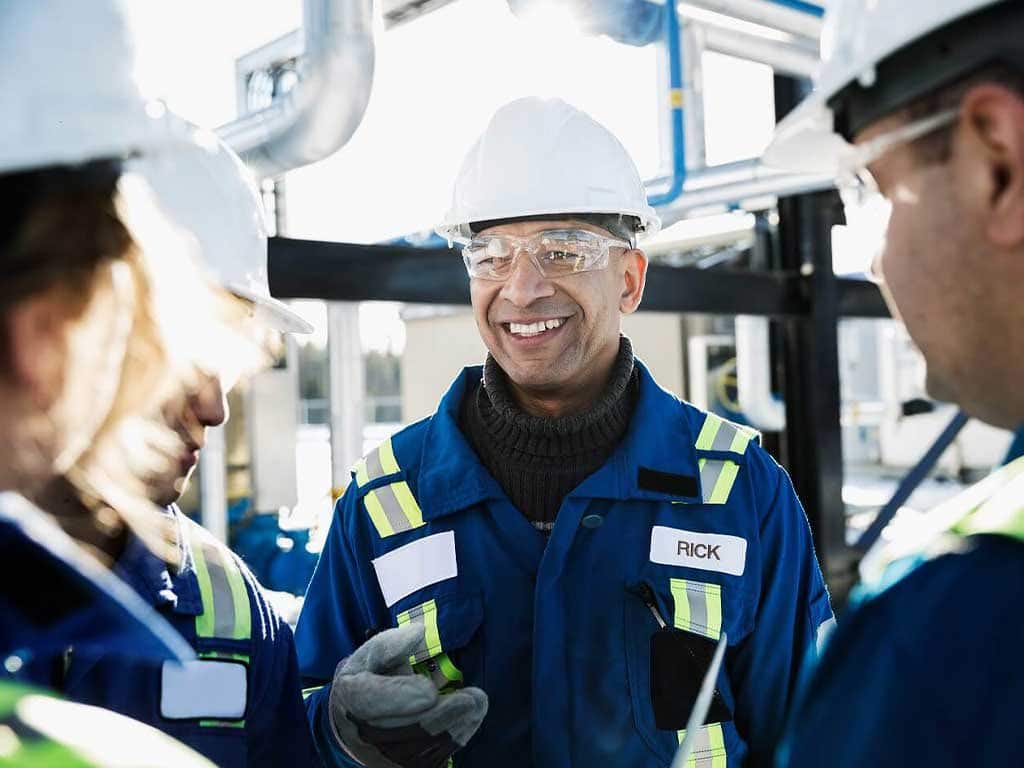
Breathalysers Australia: Best Workplace Breathalyzers
BACtrack S80 Pro Gen2
The S80 Pro Gen2 is specially engineered for commercial environments that require an accurate and consistent breath testing device. The enlarged Xtend fuel cell sensor can measure the BAC from 0.000 to 0.400% without losing accuracy. Therefore, it can detect alcohol from low to high levels. This feature is valuable in zero-alcohol workplaces so that they can determine employees with minor impairment. The workplace breathalyzer unit has advanced features, including continuous temperature checking, adjustable blow time, and blow strength settings.
BACtrack Mobile Gen2
The Mobile Gen2 has a modified electrochemical fuel cell sensor that stabilises results, specifically in the lower range of 0.00 to 0.05% BAC. The compact workplace breathalyzer uses Bluetooth technology to connect with a smartphone seamlessly. The Mobile Gen2 delivers the BAC readings directly on a mobile phone through an app where it can store the results. Furthermore, the breathalyzer has a previous test counter and the ZeroLine technology, which can quickly estimate when the BAC will return to 0.00%. It is also USB rechargeable, making it an efficient compliance tool for remote workplace alcohol monitoring.
Alcovisor Mercury
The Mercury is a state-of-the-art workplace breathalyzer suitable for high-compliance environments. The platinum electrochemical sensors give an exceptional level of precision. Moreover, it has dual functionality for alcohol screening and breath testing, which is extremely easy to operate. Lastly, Mercury offers an array of workplace-friendly functions like touchscreen, GPS positioning, high test storage, and downloadable data to PC.
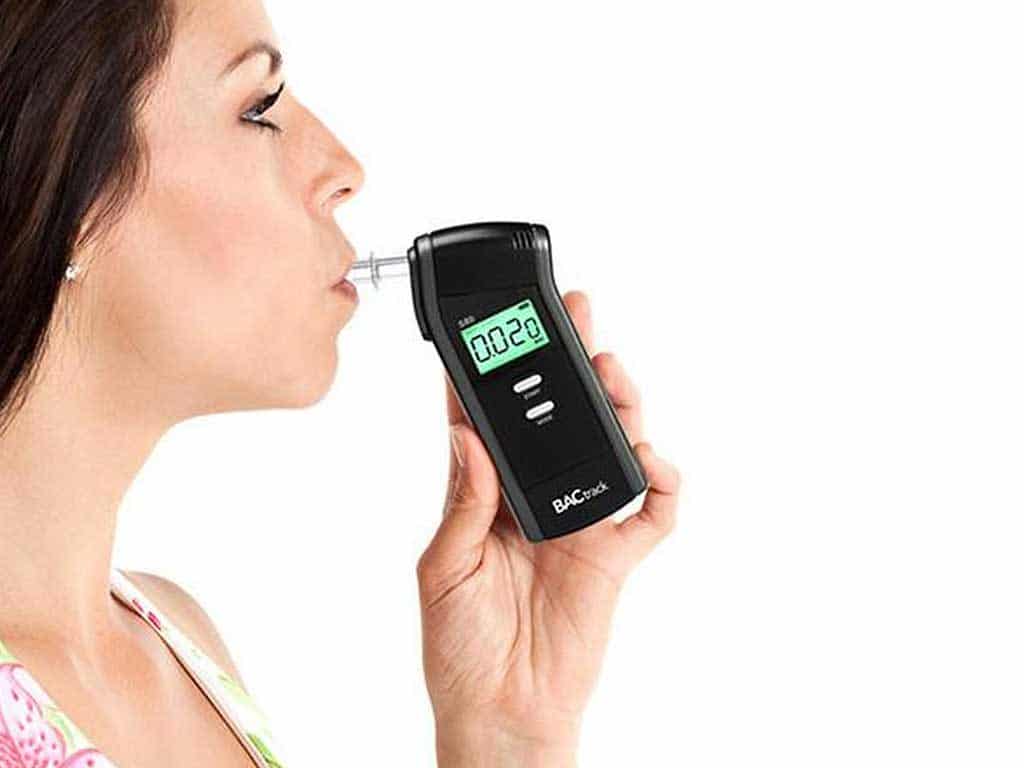
How to Use a Workplace Breathalyzer
Operating a workplace breathalyzer is one of the easiest and most convenient ways to screen for alcohol. Unlike other testing methods like urine or blood sampling, giving a breath sample is straightforward and non-invasive. It does not require the supervision of a professional or technician. Instead, the device has a mouthpiece to catch the exhaled breath and process it through the sensors. A breathalyzer like BACtrack is ready for use after pressing the power button. You may facilitate a workplace alcohol breath test in the following procedures:
- Press and release the Power button to activate the sensors
- Wait for the signal to blow (when the countdown timer reaches zero)
- Take a deep breath and blow continuously until the beeping sound stops
- Wait for the BAC results. BACtrack processes the breath sample and returns the results within 10 to 15 seconds.
- For consecutive testing, attach a fresh mouthpiece to the breathalyzer. It is also important to allow a few seconds after the last use before reusing the unit.
Workplace Breathalyzer Guidelines for Accurate Results
Companies can use a workplace breathalyzer and get reliable BAC results following the directions above. However, certain preparations help ensure the accuracy of the breath test. Generally, it is vital to wait 15 to 20 minutes after eating, smoking, or drinking before using a breathalyzer. This period gives the body enough time to process alcohol and reach the lungs. It also eliminates the instances of alcohol residue from interfering with the results. In workplace testing, the test administrator ensures that employees do not put anything in their mouth, such as breath sprays or gums. Likewise, it is also recommended to take the test in a clean, smoke-free room.
Australian Standards
The Australian Standards (AS 3547) define the specific requirements for high-quality breath testing devices in product specification, performance and accuracy, recalibration and testing requirements. Not all breathalyzers are mandated to have AS certification. However, an AS-certified workplace breathalyzer ensures that the device can provide accurate and reliable breath test results. In addition, a dependable device allows proper monitoring and fulfilment of the company’s alcohol policies.
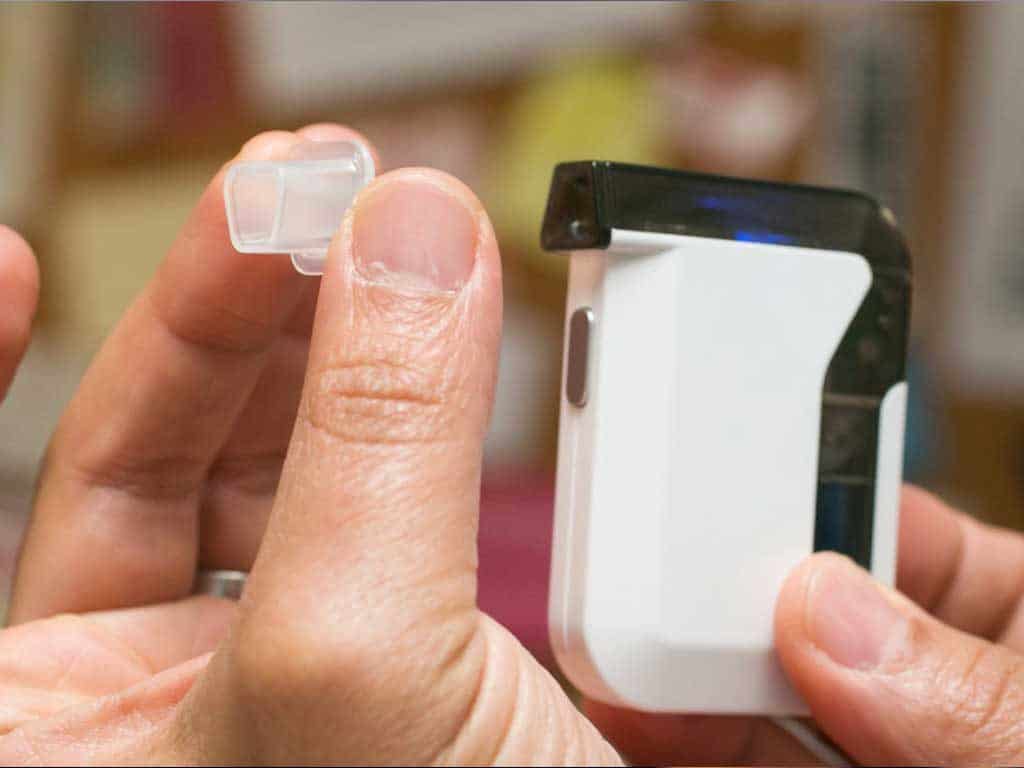
Breathalyzer Recalibration and Maintenance
Breathalyzers require regular maintenance to ensure optimal operation and performance. The breathalyzer sensors may gradually drift as alcohol residue and the build-up of particles accumulates over time. Thus, it can affect the ability to take an accurate reading. A breathalyzer may begin displaying inaccurate or inconsistent results if it is not maintained or recalibrated regularly. Therefore, personal or workplace breathalyzers are subject to periodic recalibration depending on the volume or frequency of usage. It is the process of checking and adjusting the sensor to uphold its performance and precision. During the service, the unit is reset until it is within the acceptable variance norms expected for the sensor.
Breathalysers Australia provides recalibration services for all units sold. Workplace breathalyzers would need servicing every 6 and 9 months. Therefore, companies must make sure to send their device in on time. Moreover, avoid exposing the breathalyzer to smoke, fumes, and external pollutants that may damage the sensor. The warranty on most units does not cover damage to the sensors. A mouthpiece can help prevent saliva and other contaminants from entering the device. Thus, regular maintenance can help extend the lifespan of the breathalyzer. When used properly, a breathalyzer is an excellent investment to help keep the working environment healthy and hazard-free.
Managing the Alcohol Breath Test Results
Workplaces with alcohol policies limit or prohibit the use or working under the influence of alcohol. Therefore, enforcing a zero-tolerance on alcohol is common to avoid accidents, low productivity, or property damage. For example, high-risk industries consider a BAC of 0.01-0.02% a hazard. Therefore, employees must have a zero blood-alcohol level while working. A workplace breathalyzer help monitor the employees’ sobriety by estimating the alcohol content. Furthermore, different BAC levels have various effects on the body. Impairments get more severe the higher the BAC goes. In addition, understanding the different intoxication levels can help employers manage alcohol use in the workplace. The following are the different BAC ranges and their effects:
- 0.01-0.039%: elevated mood, relaxation, lower inhibition
- 0.040-0.059%: minor impairment in senses and reasoning, lowering of alertness and caution
- 0.060-0.099%: blurry vision, reduced hearing, slurred speech, slower reflexes and uncoordinated movements
- 0.100-0.299%: significant impairment in motor functions; unable to stand or walk upright, mental confusion
- 0.300% and above: nausea, alcohol poisoning, unconsciousness or coma

Advantages of Workplace Breathalysers over Other Testing Methods
A breath test provides more convenience for workplace alcohol screening over other testing methods. A workplace breathalyzer enables companies to test employees more frequently without the high costs of other testing methods. Using a breathalyzer has the following advantages:
- Easy sample collection – a person can easily provide a breath sample by blowing into mouthpiece or sampling cup of the breathalyzer. In addition, a mouthpiece helps maintain non-contact or compromise the BAC results.
- Non-invasive – it does not involve intrusive procedures, unlike a blood test.
- Fast results – breathalyzers give instant readings. Unlike most laboratory procedures, there is no need to wait hours or days to get the results.
- Portable – employers can facilitate a breath test on-site. Workers do not need to leave work to perform the test.
- Remote monitoring – employers can monitor employees in off-site or remote locations, such as truck operators, using a smartphone breathalyzer like the BACtrack Mobile Gen2.
- Reliable – unlike urine alcohol tests like EtG, fuel cell breathalyzers are ethanol-specific, reducing false positives.
Summary
Alcohol misuse or impairment is prevalent in many industries. Unfortunately, it has caused serious accidents and damage to individuals and businesses nationwide. Therefore, workplaces implement alcohol testing through a company policy to minimise alcohol-related hazards and improve safety. A workplace breathalyzer is a convenient and efficient device to monitor employees’ alcohol use or intoxication. Using a breathalyzer is simple and does not need the supervision of a licensed professional or technician. Hence, it is a significant tool for deterring harmful alcohol behaviours and maintaining a safe, healthy, and productive working environment. If you are looking for a dependable alcohol tester, choose a device that is accurate and has passed the AS requirements. Devices like BACtrack from Breathalysers Australia are efficient BAC monitoring tools to help protect the welfare of employees and the public.















